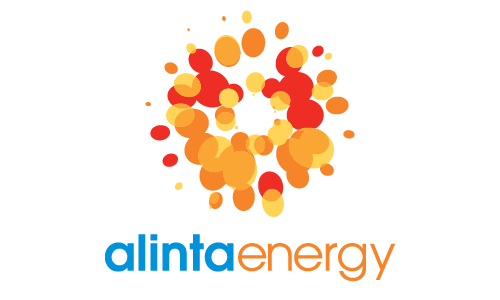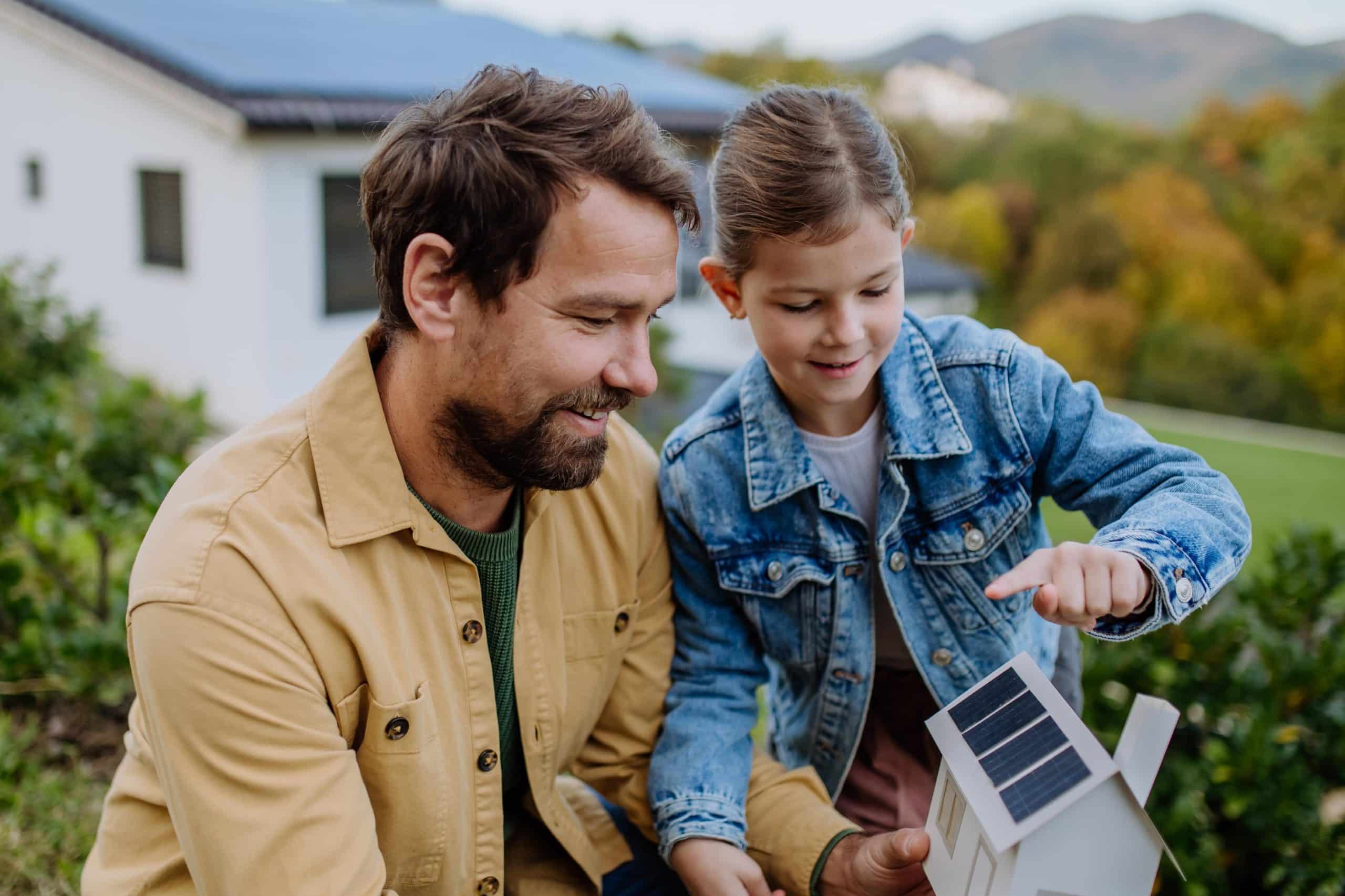Energy statistics for Australia provide essential data and insights into the country's energy landscape. Reviewing our energy statistics helps us understand how we use power, who uses the most, and where our power comes from. Besides, it makes for fascinating reading for anyone interested in understanding the nation's energy usage patterns. By analysing energy statistics, policymakers, businesses, and individuals can make informed decisions to promote sustainable energy practices. Find the answers to the 10 most-often asked questions about energy use in Australia right here with Savvy.
*All statistics are current as of July 2023 but subject to change
What is Australia’s No. 1 source of energy?
Australia's No. 1 source of energy for electricity generation is coal. Despite a decrease from 51% in 2021 to 47% in 2022, coal remains the largest contributor to the country's total electricity generation. It continues to play a significant role in meeting Australia's energy demands, providing a substantial portion of the nation's electricity supply.
In total, fossil fuel sources, which include coal and gas, contributed 68% of Australia's total electricity generation in 2022. While fossil fuel usage remains significant, it has seen a decline from 71% in 2021 to 68% in 2022, indicating progress in the nation's efforts to diversify its energy mix and reduce reliance on traditional fossil fuels.
How much electricity does Australia use per year?
According to the latest report from the Australian Government Department of Climate Change, Energy, the Environment and Water, total electricity generation in Australia was estimated to be 273,265 gigawatt hours (GWh) in the calendar year 2022, a 2% increase from 2021.
What consumes the most electricity in Australia?
Overall, Aussie homes consume 26% of Australia’s total power consumption, behind industry (33%) and services (27%.).
In Aussie homes:
- Heating and cooling systems use 40% of the energy
- Appliances use another 25% of electricity
- Hot water systems use 22.5% of energy
- Lighting uses 7.5%
- Cooking uses 5%
- Stand-by power uses around 3%
What percentage of Australia’s energy is produced from renewable sources?
Renewable energy sources have shown notable growth in recent years, contributing an estimated 32% of Australia's total electricity generation in 2022, up from 29% in 2021. Among the renewable sources, solar leads the way, accounting for 14% of the total electricity generation, followed closely by wind at 11%, and hydro at 6%. This increase in renewable energy share reflects Australia's commitment to transitioning towards cleaner and more sustainable energy options.
What are Australia’s largest energy exports?
Australia's largest energy exports are coal and liquefied natural gas (LNG). These two resources play a significant role in the country's economy and international trade. Coal is one of the primary energy sources exported to various countries for power generation and industrial purposes.
As a nation we play a significant role in the global energy market, producing around 2.4% of the world's total energy. As a major exporter, we send over three-quarters of our energy production to international markets, valued at nearly A$80 billion.
We possess 46% of the world's uranium resources, making us significant players in the nuclear energy market. With approximately 6% of the world's coal resources, we are the largest global coal exporter judged by economic value (not tonnage.)
Additionally, we hold about 2% of the world's natural gas resources, making us essential players in the natural gas export market. Australia is a major exporter of LNG to countries in Asia, particularly Japan, China, and South Korea, where it is used for electricity generation and as a cleaner alternative to other fossil fuels.
When is Australia going to become carbon neutral?
In June 2022, Australia raised its 2030 carbon emission reduction target to 43% by 2030 (from 2005 levels), up from the previous target of between 26% and 28%.
The Australian Government has committed to reaching net-zero emissions by 2050 in its long-term sustainability strategy approved by the Senate in September 2022.
How much energy does the average Aussie household use per day?
This is a difficult statistic to calculate, because it varies so much depending on which state or territory you live in, the time of year, and the size of the household.
Naturally, we use more energy in winter to keep warm, and on very hot days we use more power to keep cool. Overall, Tasmanians consume the most power, mainly due to the Tassie climate, with longer and colder winters in that state.
On average, households consume around 10kWh – 20kWh per day.
- 1-2 person households – 10kWh/day
- 3-4 person households – 15kWh/day
- 5+ or ultra large households – 20kWh or more per day
What is the average price of electricity in Australia?
Again, the average price of electricity per kWh is difficult to calculate, because it depends on the state or territory you live in, the electricity tariff, and the amount of power consumed under that tariff.
However, on average retailers charge between 25 cents and 45 cents per kWh for electricity, with South Australia currently having the most expensive energy prices in the nation.
What appliances use the most electricity in an average Australian home?
The biggest energy users in any home are heaters and coolers. In an average Australian home, several appliances are known to consume the most electricity. Here are some common appliances and their average energy use per hour:
- Electric hot water systems: electric hot water systems contribute significantly to overall electricity usage. An electric hot water system may consume approximately 3kWh to 4kWh.
- Air conditioners: air conditioners are significant energy consumers, especially during hot summers. A typical split-system air conditioner can use around 1.5kWh to 2.5kWh.
- Electric oven: electric ovens can consume a considerable amount of energy when cooking meals. On average, an electric oven may use about 2kWh to 2.5kWh.
- Clothes dryer: clothes dryers are energy-hungry appliances too, particularly if used frequently. A standard electric clothes dryer can use around 2kWh to 4kWh.
- Electric heaters: electric heaters are energy-intensive, especially during colder months. A portable electric heater can use approximately 1kWh to 2kWh.
- Pool pump: for homes with a swimming pool, the pool pump can be a significant electricity consumer. A pool pump can use around 1kWh to 2kWh.
- Fridge: while fridges run constantly, their energy consumption varies based on size and efficiency. A typical refrigerator may use about 0.5kWh to 1 kWh.
- Freezer: similar to refrigerators, freezers also consume electricity constantly. A standard freezer might use around 0.5kWh to 1kWh.
- Washing machine: washing machines' energy use can vary based on the cycle and load size. On average, a washing machine may use approximately 0.3kWh to 1kWh.
- Television: the energy consumption of televisions can vary, depending on their size and features. An average-sized LED TV might use around 0.1kWh to 0.2kWh.
Please note that these figures are approximate averages and can vary depending on the specific model, usage patterns, and energy efficiency of each appliance.
How much electricity can I save if I switch to energy-efficient appliances?
Switching to energy-efficient appliances can lead to significant electricity savings. Your savings will depend on how often you use the appliance, and your electricity tariffs. However, on average upgrading to energy-efficient models can reduce electricity consumption by up to 30% or more.
For example, switching from a 2-star rated fridge to a 4-star rated one can save you up to 40% in electricity consumption. The improved insulation and more efficient compressor in the 4-star model reduces energy waste, leading to lower electricity bills.
Switching from incandescent light bulbs to more energy-efficient LEDs can save you $10-$20 a year per bulb on your energy bill, and can significantly reduce electricity bill shock.
















